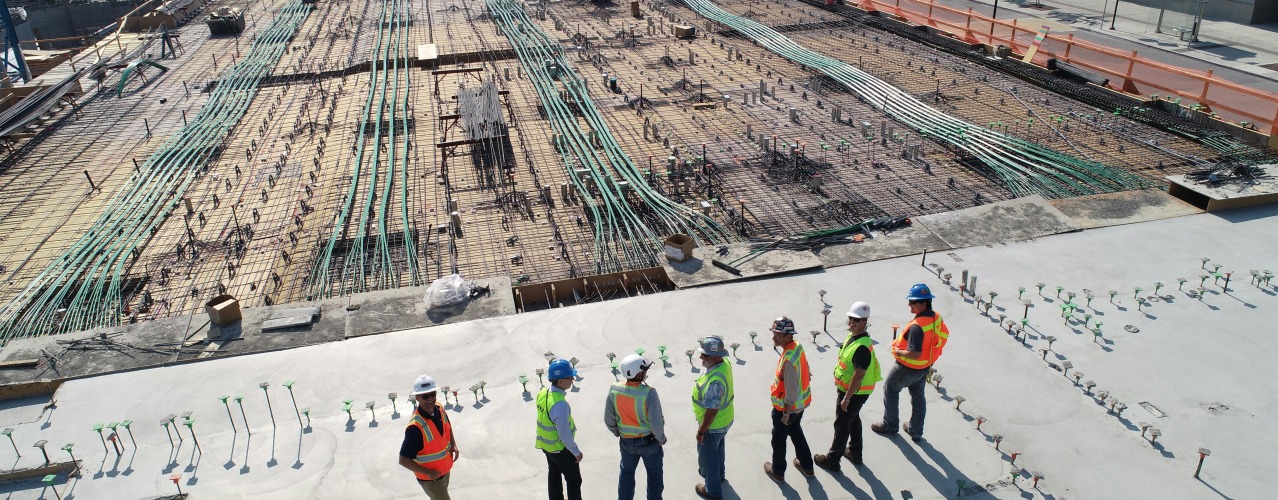

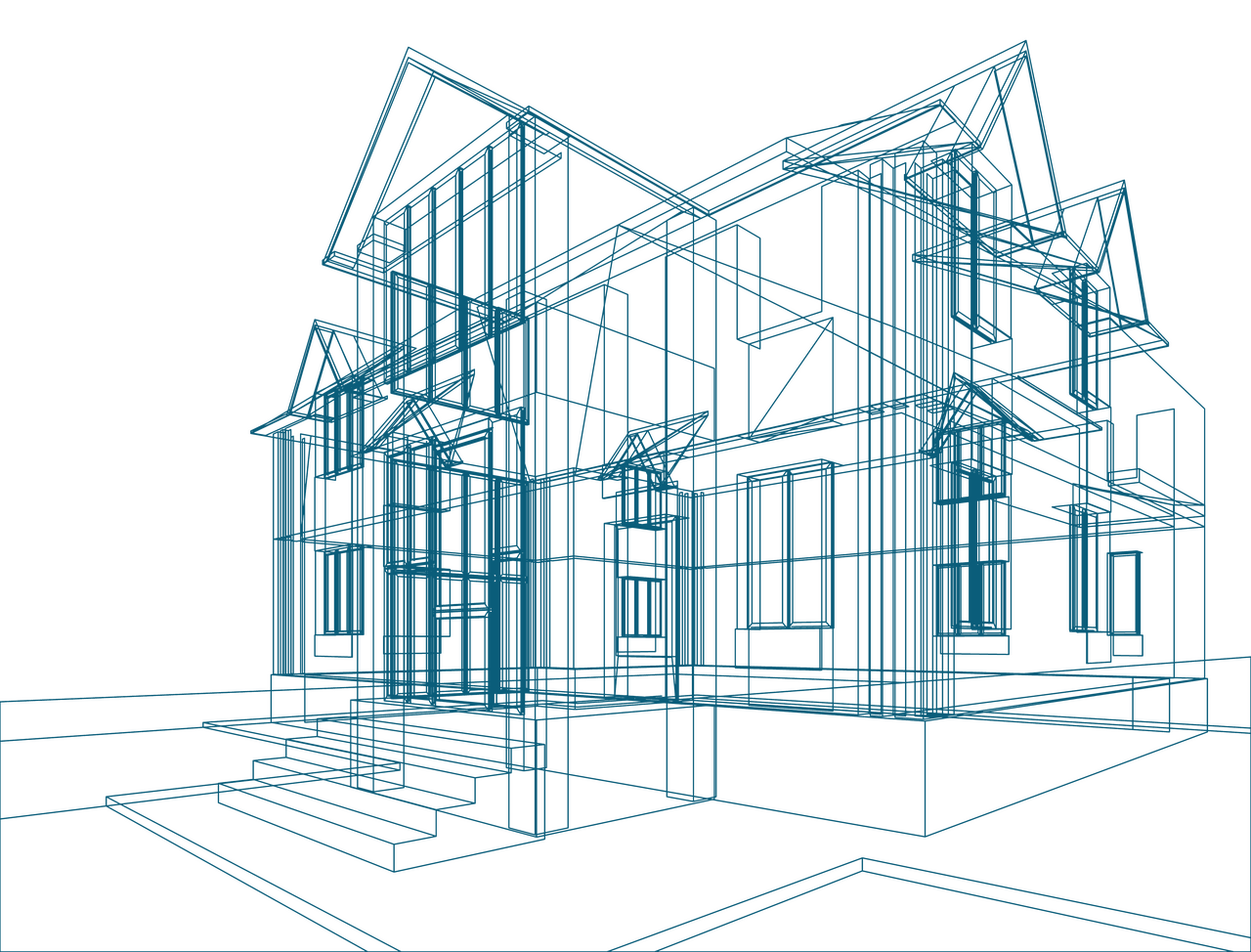
Market report
Streamlined construction
Stay updated on the latest trends in European architecture with the European Architectural Barometer market reports provided by USP Marketing Consultancy. Discover valuable insights for architects and industry professionals.
Blogs I published 09 July 2024 I Dirk Hoogenboom
Non-residential Construction Forecast
The cityscape is an active organism with an ever-changing skyline. You see the well-known scenery just by stepping out of your home: cranes along the skies, scaffolding clinging to buildings and construction equipment as a soundtrack to our urban spaces. Constant transformations of our surroundings aren’t a cosmetic whim, but a clear indication that our needs and priorities change, and with them – our ways of life.
While 2023 experienced robust and somewhat unexpected growth, 2024 is anticipated to shift gears with a slight decrease in building volumes across many European countries. However, as we look ahead to 2025, the industry is poised for renewed growth, driven by evolving trends and increased investment in innovation and sustainability. Let’s explore the upcoming industry trends and the key factors influencing these dynamics.


Prognosis and State
Our metrics indicate that 2024 will be a year of adjustments, facing certain pressures after the exceptional growth of 2023. European construction is projected to experience a slowdown, particularly in the UK (-3.8%) and Germany (-2.5%). While not as pronounced across all countries, this decline is largely attributed to decreasing volumes of new builds and other long-term indicators, such as building permits.
Looking ahead to 2025, the industry is expected to recover and see moderate growth as it adapts to ongoing challenges and embraces emerging opportunities. Below, we’ve outlined key trends and factors shaping these dynamics.
Interest Rates
Rising interest rates remain a significant hurdle for the construction industry, impacting the pace of new developments by increasing financing costs. In 2024, funding new projects became more expensive, hindering new builds. However, in 2025, there is optimism for streamlined construction processes and alternative funding opportunities to counteract these pressures.
Material Prices
Although material prices saw a moderate decline, the industry continues to grapple with elevated costs. The disruptions from the global humanitarian crisis (e.g., the Russo-Ukrainian war) have left lingering effects on supply chains. In 2025, gradual stabilization in global markets and enhanced logistical efficiency may help mitigate these challenges further.
Labour Shortage
The persistent labour shortage continues to strain the non-residential construction sector, driving up labour costs. By 2025, targeted efforts to address this gap—such as investments in training and upskilling—could ensure a more robust workforce, enabling the industry to navigate future demands effectively.
Uncertainty About Economic and Political Development
Economic and geopolitical concerns will likely ripple through construction in both 2024 and 2025, causing hesitation to commit to large-scale projects. Inflationary pressures, regulatory changes, and global tensions present ongoing challenges. However, a more stable outlook in 2025, coupled with adaptive strategies, could encourage renewed confidence and investment.
Sustainability Efforts
Despite a decline in sustainability adoption in 2024, driven by higher costs and geopolitical instability, 2025 is expected to bring renewed focus on greener practices. With growing awareness and stricter regulations, sustainability could regain momentum, particularly in heating systems, energy-efficient designs, and the circular economy.
Perspective Shift
The extraordinary growth of 2023 set an unrealistic benchmark, making 2024 appear less impressive by comparison. However, this adjustment represents a return to more sustainable growth patterns. In 2025, the industry is positioned to regain momentum, balancing market demands and long-term goals.
As the European construction sector navigates these evolving dynamics, the road ahead presents both challenges and opportunities. By staying proactive, the industry can capitalize on growth trends in 2025 and beyond.
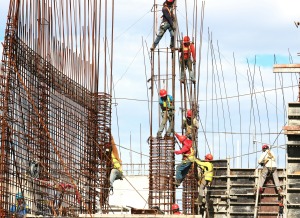

2025 Coming Up Strong
It’s not all bad news. Research so far suggests an upcoming rebound, with the construction industry again expecting growth in 2025. So compared to 2024, an increase of total production is projected throughout European countries (Netherlands +1% France +2%, Germany +3%, Italy +3.9%, Spain 6.0%), with the exception of the UK (expected to continue a downward trend of another -2%). Here’s what’s driving the upswing.
Affordable Housing
Northern Europe is faced with a unique and pressing shortage of housing. The construction timelines can only be postponed so long before projects are carried through to completion, and 2025 is expected to see a surge in project finalization to address this critical need. By tackling the housing shortage, 2025 could mark a significant step towards a more equitable and inclusive housing market, while serving as a model for other regions facing similar challenges.
Drop in Material and Building Costs
What’s stifling 2024 will most likely loosen its grip come 2025, so the overall costs of construction will be impacted greatly. Lower material and building costs, coupled with a stabilized supply chain, will significantly impact construction budgets.
Interest Rate Drop
An anticipated decrease in interest rates will be a welcome catalyst for new builds and overall housing market activity. Lower borrowing costs will make it more affordable for developers to secure financing for new projects, ultimately leading to an increase in construction starts. Additionally, lower interest rates will incentivize potential homeowners to take out mortgages, boosting demand for newly built properties
Sustainability Uptick
After a noticeable slump in 2024, we expect to see a renewed focus on sustainable construction practices. This means investors are swaying towards projects committed to eco-conscious efforts, energy-efficient technological advancements, boosted by favourable government incentives. Stay tuned for these developments.
Renovation Gaining Momentum
The sector is poised for a renovation wave. This trend could lead to a revitalization of existing structures, fostering a more sustainable and cost-effective approach to non-residential construction in 2025.
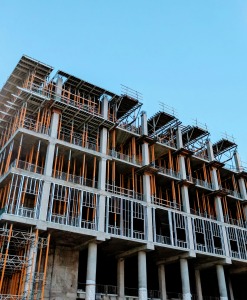

Conclusion
While 2024 might be a year of tightening belts, it’s not a sign of total stagnation. It’s a year of recalibration, a chance to address long-standing challenges and embrace innovative solutions. As we move into 2025, the forecast brightens with the promise of lower costs, renewed focus on sustainability and a surge in affordable housing projects. The construction industry is poised for a transformation, not just in the buildings it creates, but in its approach to the ever-evolving urban landscape. Stay tuned – the future of non-residential construction is about to get interesting.
Construction Consulting Services for You
We provide tailor-made market research and off-the-shelf reports, both B2B & B2C, qualitative and quantitative. Here are some you might be interested in
Monitor and improve client relationships to drive loyalty and repeat business in construction.
Map out key interactions and pain points to refine the overall construction experience.
Identify the aspects of service or product that most impact satisfaction in construction projects.

Read more
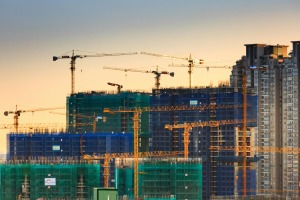

24 September 2024 I Dirk Hoogenboom
Future Developments in Construction Still Far Away
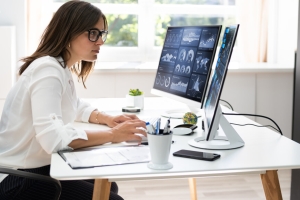

15 November 2023 I Dirk Hoogenboom
TOP 5 Trends that are shaping the future of construction industry


15 February 2023 I Dirk Hoogenboom
Building Construction Decision Making: Who’s in Control?


15 May 2024
Digitalization in the Construction Industry

Fresh Insights Await
Our relevant reports
Delve into the newest findings across various market segments, crafted for a cutting-edge overview. Explore our insightful reports, brimming with up-to-date data, trend analyses, and in-depth examinations, all tailored to provide you with a comprehensive understanding of the current market dynamics.
Construction
Home Improvement
Installation
Special reports
Construction
Smart Materials and Buildings Q4 2024
2024 85 pages
Explore the evolving future in construction sector among European architects in Q4 2024. Delve into the factors driving material preferences and the impact on construction aesthetics and sustainability.
2,000 Euro
Construction
Digitalisation and BIM H2 2024
2025 64 pages
Uncover the preferred purchase channels of contractors in H2 2024, and understand how purchasing behaviors evolved. This report provides insights into the factors influencing purchasing decisions among contractors.
6,000 Euro
Construction
Decision making process Q3 2024
2024 87 pages
Unveil the decision-making processes in the construction industry through the lens of European architects. Discover the factors that influence crucial decisions and the interplay among different stakeholders.
2,000 Euro
Construction
Prefab H1 2024
2024 63 pages
Discover the adoption rate and benefits of prefabrication technology among European contractors in H1 2024. Understand the driving forces behind prefab usage and its impact on project efficiency and cost-saving.
6,000 Euro
Construction
Future of construction Q2 2024
2024 82 pages
Explore the evolving future in construction sector among European architects in Q2 2024. Delve into the factors driving material preferences and the impact on construction aesthetics and sustainability.
2,000 Euro
Construction
Sustainability 2024
2024 72 pages
Painter Insight Monitor 2024 will focus on understanding the specific needs, preferences, and challenges faced by painters when it comes to sustainable products.
11,000 Euro
Home Improvement
DIY vs DIFM Q4 2024
2025 76 pages
Explore the prevailing trends between DIY and DIFM in Q4 2024. Understand consumer preferences and the factors influencing their choice between DIY and DIFM.
3,500 Euros
Home Improvement
Branding Q3 2024
2024 74 pages
Discover the power of branding in the home improvement sector. Explore how strong branding influences consumer preferences and purchase decisions.
3,500 Euro
Home Improvement
European Garden Monitor
2023 43 pages
Explore the European Garden Monitor, a comprehensive platform dedicated to garden health monitoring in Europe. Access valuable resources and expert advice today.
12,000 Euro
Home Improvement
Purchase channels Q2 2024
2024 90 pages
The European Home Improvement Monitor offers valuable insights on purchase channels in the European home improvement industry, examining the evolving preferences and behaviors of consumers across traditional retail and emerging online platforms.
3,500 Euro
Home Improvement
Sustainability Q1 2024
2024 81 pages
Delve into sustainability trends in the home improvement sector in Q1 2024. Discover consumer preferences and the shift towards eco-friendly home improvement solutions.
3,500 Euro
Home Improvement
DIY versus DIFM Q4 2021
2024 113 pages
This report is a must-have if you’re in the home improvement industry. It provides a wealth of information on the behaviour of DIY and DIFM consumers, their motivations, and the factors that influence their purchasing decisions.
3,150 Euro
Installation
Training needs Q1 2025
2025 100 pages
This report offers an overview of installers’ habits and preferences concerning their education. Furthermore, the report encompasses the pervasive challenge of workforce shortage and explores the sector’s strategies for resolving this issue.
3,250 Euro
Installation
Media orientation Q4 2024
2025 128 pages
The European Mechanical Installation Monitor report provides a detailed analysis of the plumbing and HVAC industry. This report specifically focuses on Media Orientation in the industry.
2,800 Euro
Installation
Services in the installation sector Q4 2024
2025 102 pages
This report provides a comprehensive view of the installer's requirements for services from manufacturers. Within the report, you will find information on the most needed services in each category: commercial processes, engineering, products & installation, and repair & maintenance. It also examines the services that installers offer to their customers.
3,250 Euro
Installation
Prefab Q3 2024
2024 110 pages
Uncover the adoption of prefabricated products in HVAC installations during Q2 2022. Delve into the benefits and challenges associated with prefabrication in HVAC.
2,800 Euro
Installation
Prefab Q3 2024
2024 119 pages
This report offers a comprehensive view of the installers’ involvement and needs regarding prefabricated electrical installations.
3,250 Euro
Installation
Smart & Connected Products Q2 2024
2024 120 pages
This report provides a comprehensive view of the attitudes of installers toward smart building solutions, specifically among electrical installers and their clients. In the report, you will find insights into the installers' experiences with installing smart products and the willingness of end users to invest in such solutions, as well as their motivations and pain points.
3,250 Euro
Special reports
European Sustainability Report 2024
2025 51 pages
This report provides in-depth insights based on triangulation of key market information and data as well as data from USP Marketing Consultancy’s key monitors that are carried out year in, year out. The focus of this report is on the most important stakeholders within the construction industry, namely architects, contractors, electrical and HVAC installers within The United Kingdom, The Netherlands, Belgium, Germany, Poland, France, Italy, and Spain.
3,950 Euro
Special reports
European Sustainability Report 2024
2024 51 pages
This report provides in-depth insights based on triangulation of key market information and data as well as data from USP Marketing Consultancy’s key monitors that are carried out year in, year out. The focus of this report is on the most important stakeholders within the construction industry, namely architects, contractors, electrical and HVAC installers within The United Kingdom, The Netherlands, Belgium, Germany, Poland, France, Italy, and Spain.
3,950 Euro









